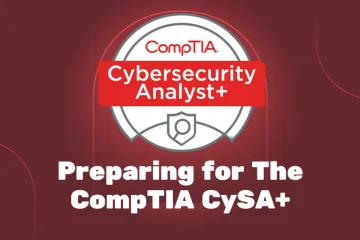WLAN is a basic wireless concept, which is applicable to all network workers. The certification direction can be courses of Wireless and EI.
Details of WLAN roaming technology
Within the coverage of wireless network, users may be on the move. However, because the signal coverage of a single AP (wireless access point) device is limited, users often cross from one AP coverage to another in the mobile process. In order to avoid network communication interruption caused by mobile users switching between different APs, wireless roaming technology is used here.
Basic concept:
Overflow AC: or HA (Home AC); A wireless terminal (STA) is associated with a wireless controller in the roaming group for the first time. The wireless controller is the diffuse AC of the wireless terminal (STA).
Diffuse AC: or FA (Foreign AC); It is connected to the wireless terminal (STA) and is not a wireless controller of HA. The wireless controller is the diffuse AC of the wireless terminal (STA).
AC internal roaming: A wireless terminal (STA) roams from one AP of the wireless controller to another AP in the same wireless controller, which is called AC internal roaming.
Inter AC roaming: A wireless terminal (STA) roams from an AP of a wireless controller to an AP in another wireless controller, which is called inter AC roaming.
Roaming in AC:
- A terminal is connected to AP 1 through the fast roaming mode, and the latter is connected to AC.
- The terminal disconnects from AP 1 and roams to AP 2 connected to the same wireless controller AC.
(3)The process of connecting the terminal to AP 2 is called AC roaming.
Roaming between AC:
(1) A terminal is connected to AP 1 through the fast roaming mode, and the latter is connected to AC 1.
(2) The terminal disconnects from AP 1 and roams to AP 2, which is connected to another wireless controller member AC 2.
(3) The process of connecting the terminal to AP 2 is called roaming between AC. Before roaming between AC, AC 1 and AC 2 need to synchronize the information of pre-roaming terminals through the IACTP tunnel.
Roaming in FA:
(1) A terminal is connected to AP 1 through the fast roaming mode, and the latter is connected to AC 1.
(2) The terminal disconnects from AP 1 and roams to AP 2, which is connected to another wireless controller member AC 2. At this time, AC 2 is the FA of the terminal.
(3)The terminal is connected to AP 2 through roaming between AC. Before roaming between AC, AC 1 and AC 2 need to synchronize the information of pre-roaming terminals through the IACTP tunnel.
(4)The terminal disconnects from AP 2 and roams to AP 3. It and AP 2 are connected to the same wireless controller AC 2. The process of connecting the terminal to AP 3 is called roaming in FA.
Roaming between FA:
(1) A terminal is connected to AP 1 through the fast roaming mode, and the latter is connected to AC 1.
(2) The terminal disconnects from AP 1 and roams to AP 2 connected to another wireless controller member AC 2. At this time, AC 2 is the FA of the terminal.
(3) The process of connecting the terminal to AP 2 is called roaming between AC.
(4) The terminal disconnects from AP 2 and roams to AP 3 connected to another wireless controller member AC 3. At this time, AC 3 is the FA of the terminal. The process of connecting the terminal to AP3 is FA roaming. Before roaming between AC, AC 1 needs to synchronize the information of pre roaming terminals with AC 2 and AC 3 through the IACTP tunnel.
WLAN roaming strategy mainly solves the following problems:
1. Avoid packet loss or even service interruption due to long authentication time during roaming
The number and time of message interaction in authentication processes such as 802.1x authentication and Portal authentication are greater than those in WLAN connection, so roaming needs to avoid re-authentication authorization and key negotiation.
2. Ensure the user authorization information remains unchanged
The user’s authentication and authorization information is the user’s pass to access the network. If the service is not interrupted after roaming, you must ensure that the user’s authentication and authorization information on the AC remains unchanged.
3. Ensure that the user IP address remains unchanged
The application layer protocol uses IP address and TCP/UDP Session as the user service bearer. After roaming, the user must be able to keep the original IP address unchanged, so that the corresponding TCP/UDP Session can not be interrupted, and the application layer data can be forwarded normally.



